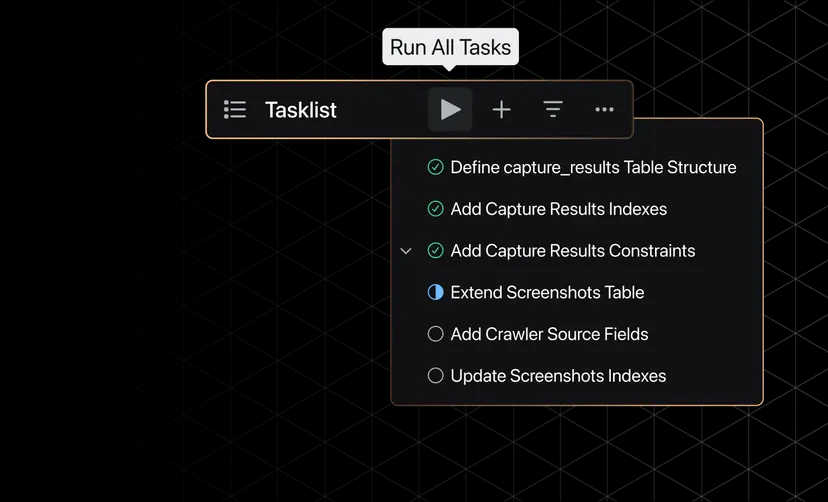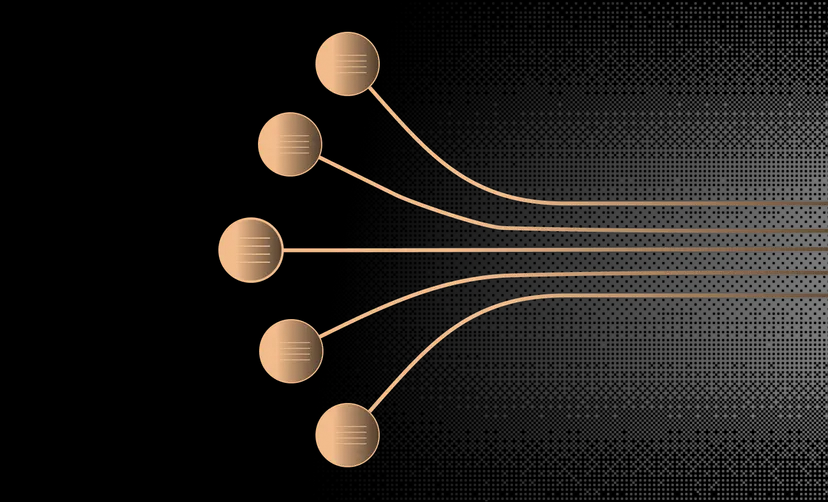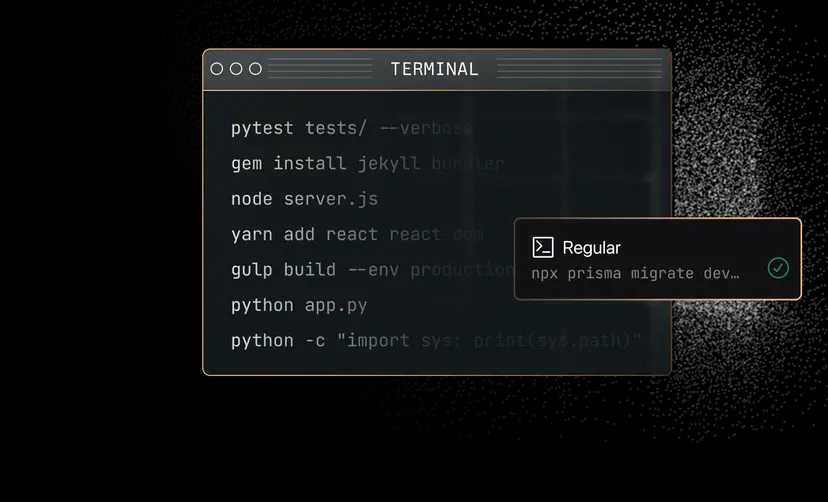In today's increasingly crowded AI programming assistant track, most tools continue to focus on isolated code generation and completion. However, the true complexity of software development is often hidden in commit histories spanning months, cumbersome CI/CD pipelines, and diverse third-party service integrations. A company called Augment Code seems to be trying to get to the root of the problem. During its "2025 Summer Release Week," the company announced a series of new features with one central goal: to build a "better AI agent" with a persistent, comprehensive contextual memory.
The core of this release can be summarized in four key components:Tasklist,Context Lineage,Easy MCP cap (a poem) Auggie CLI. Together, these tools form a system designed to make AI less of a code snippet generator that passively answers questions and more of an active participant that understands the history of a project, connects to external services, and performs complex tasks in a structured way.
Tasklist: Say goodbye to "black box" AI tasks!

For a long time, one of the major pain points of working with AI agents has been the opacity of their work process. A developer sends a vague instruction to an AI, such as "refactor the user authentication system," and then has to wait a long time to guess its progress and execution path.Augment Code introduced Tasklist This is precisely the "black box" problem that this feature is designed to solve.
Tasklist Break down complex development tasks into a series of structured, traceable steps. Unlike traditional tools that use simple Markdown lists, each task here is a program object with a separate status (e.g., pending, in progress, completed). This means that while the AI is executing the program, developers can monitor the progress of each step in real time, and even pause or modify the task if the AI gets off track. This approach forces the AI to "show its work plan," thus transforming a vague aspiration into a transparent, measurable workflow.
Context Lineage: Let AI read the "past life" of code.

Modern AI programming assistants are able to read current code files quite well, but they are often helpless when the solution is hidden in months of commit history.Augment Code (used form a nominal expression) Context Lineage (Context follows) Functions are aimed at breaking down this historical barrier.
This feature indexes a project's recent Git commit history, including authors, messages, timestamps, and change files, and uses a Lightweight Large Language Model (LLM) to summarize the diffs of each commit. This way, when the AI needs to perform a task, such as adding a feature switch, it can retrieve a history of similar commits, learn and replicate proven success patterns, rather than "reinventing the wheel" from scratch. This not only improves code quality and consistency, but more importantly, it transforms the team's years of accumulated architectural decisions and practical experience into "institutional knowledge" that the AI can access at any time.
Easy MCP: Connecting the development ecosystem with a single click

Truly efficient AI programming cannot be achieved without an understanding of its operating environment and dependent services.Easy MCP was launched to simplify the connection of AI to external developer tools.MCP full name Model Context Protocol (Model Context Protocol), a set of open standards for secure integration of AI tools.
pass (a bill or inspection etc) Easy MCPThe developer can put the CircleCI,MongoDB,Sentry cap (a poem) Stripe and other popular services to connect to Augment Code. Once the connection is successful, the AI is then able to access contextual information from these services in real time, for example, reading the Sentry error logs to diagnose problems, or to analyze MongoDB of the database schema to generate optimization recommendations.CircleCI 's CTO Rob Zuber commented that in the world of AI-driven development, this kind of real-time, validation feedback inside the IDE is critical.
Auggie CLI: Bringing AI Agents to the Terminal

Software development workflows go far beyond the code editor. In order to extend the capabilities of AI into the scripting, continuous integration, and deployment processes, theAugment Code The release was called Auggie command line instrument (CLI).
Auggie As a Unix-style compatible tool, it can be easily integrated into existing automation scripts. For example, it is possible to pipe the git diff is passed to the output of the Auggie, have it explain the impact of these code changes, or use it in a CI pipeline to automatically check that new features are equipped with unit tests.Auggie Also benefiting from Augment Code Powerful context engine that autonomously understands the structure and dependencies of the entire codebase without the developer having to manually specify the relevant files.
Taken together.Augment Code What this release week demonstrates is not just another simple code-completion tool, but a well-thought-out combination. It attempts to address the most difficult "context" issues in AI programming assistants, from transparency of task execution, to code history tracing, to external ecosystem integration and workflow automation. This strategy of elevating AI from a "code generator" to a "development partner" may signal the next evolution of the human-computer collaborative development model.
































